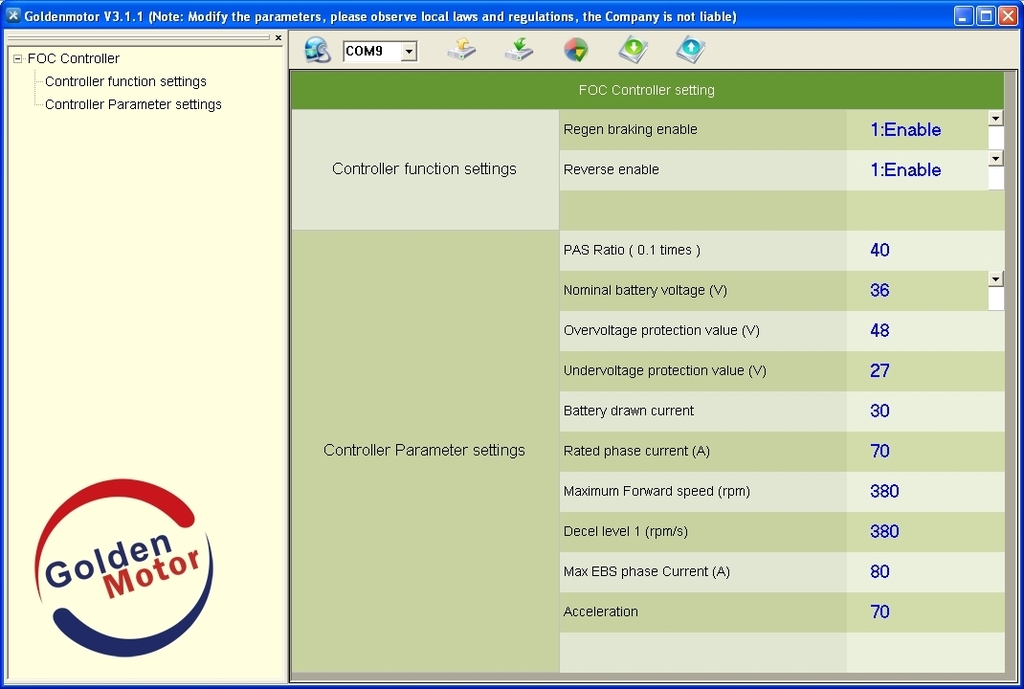The default maximum voltage for the controller programmed for a 48V pack is 62V, so a fully charged battery voltage of 60V should not be a problem under normal use:

My 16 cell LiFePO
4 "48V" GM battery is always charged to 58.4V and I have never had any problem with it.
I have noticed in the past that some of the Vector controllers do occasionally behave strangely when tested with no load, but I have not experienced problems during normal use.
I did have a pre-production version of the Smart Pie which would momentarily brake very slightly when applying the throttle immediately after coasting down hill, or while applying the throttle after riding without motor power on the level.
However, the production version of the Smart Pie did not do this.
My Magic Pie 4 was set on 24V and would not allow regen to work with my 33.6V fully charged 8S liPo pack until it had been reduced by discharging it.
I later discovered that if I changed the nominal battery voltage setting to 36V and then lowered the undervoltage protection setting to 27V that the regen worked fine:

Unfortunately, I could not lower the overvoltage protection below 48V, and for a 36V battery, that seems way too high.
There have been a few reports on the forum of loss of speed, and most of this was due to a low voltage on the +5V supply to the throttle.
To achieve maximum rpm
(full throttle) the signal voltage from the throttle needs to be at least 3.25V. If you don't have a high enough voltage going into the throttle, you won't be able to get maximum rpm.
If you have a plug and socket connector on the pedelec sensor connection, you should be able to easily check the voltage of the +5V supply by measuring across the pins on the red and black wires.
However, your suggestion of converting to an external controller would also allow you to use a much higher voltage battery
(60V, 72V, 84V etc.) for a significant increase in top speed
(if that's what you really want).Alan